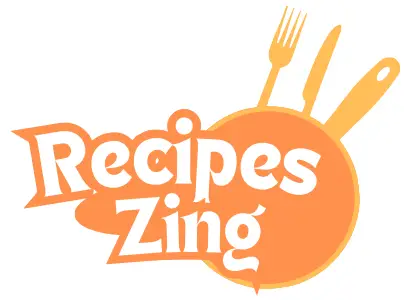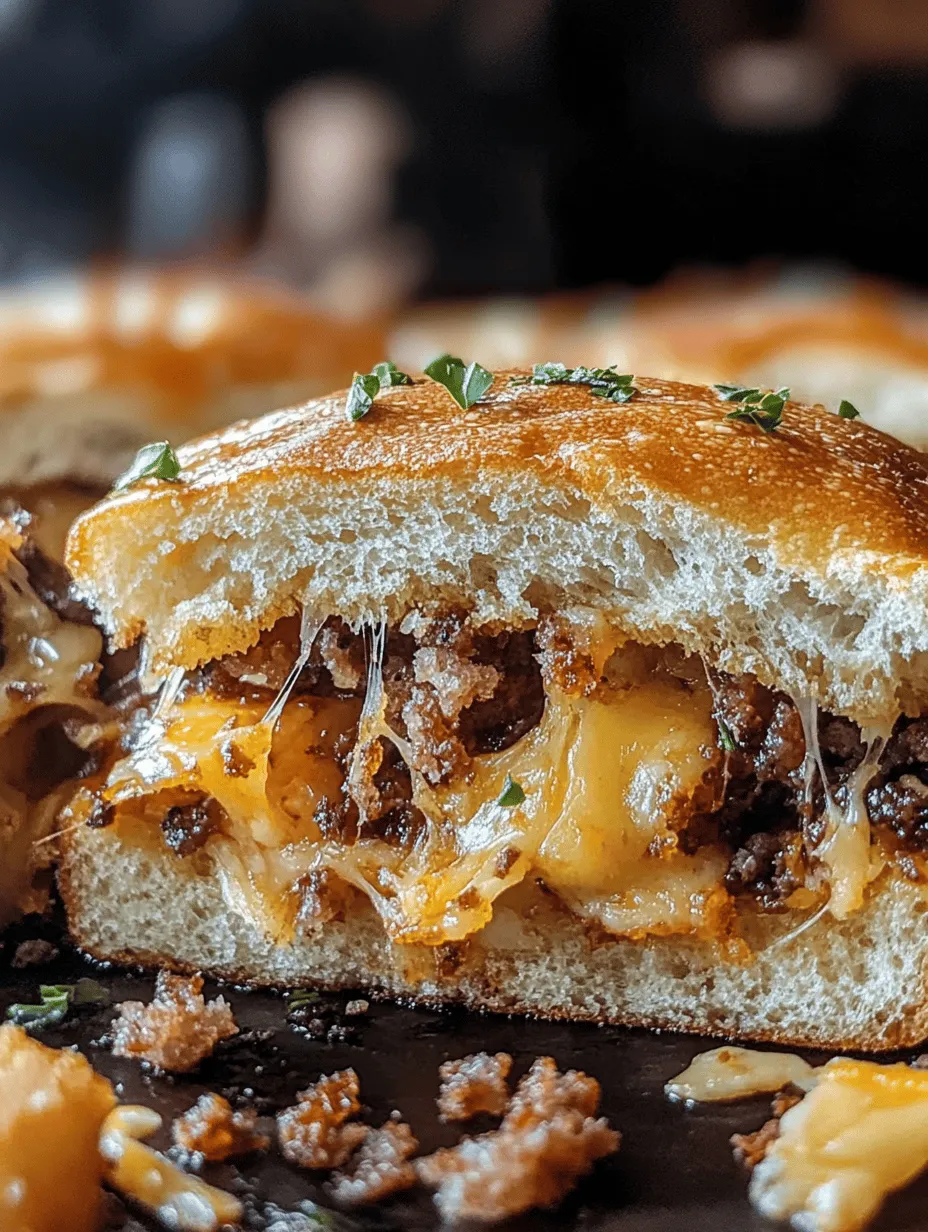Garbage bread is the perfect combination of creativity, flavor, and convenience. This stuffed bread recipe allows you to combine a variety of ingredients into a single, satisfying dish that’s perfect for casual dinners, parties, or game-day gatherings. Despite its unconventional name, garbage bread is a versatile and delicious way to use leftovers or experiment with your favorite flavors.
The concept is simple: roll out a sheet of dough, fill it with your desired ingredients, and bake it into a golden, stuffed loaf. From savory meats and cheeses to fresh vegetables and sauces, garbage bread can be customized to suit any taste. This guide walks you through the basics of making garbage bread, provides ideas for variations, and offers tips for serving and storing this delightful dish.
Why Garbage Bread Is a Fan Favorite
Garbage bread wins fans with its versatility and flavor-packed filling. Whether you’re in the mood for something cheesy, spicy, or hearty, this dish can be tailored to satisfy your cravings. It’s an excellent way to use up leftovers, reducing food waste while creating a new and exciting meal.
The stuffed loaf’s crispy crust contrasts beautifully with its soft, flavorful interior, making it a delight to eat. Garbage bread also works as a portable meal or snack, making it ideal for potlucks, picnics, or lunchboxes. Its ease of preparation and ability to feed a crowd ensure it’s a go-to recipe for busy households.
Ingredients for Garbage Bread
Dough:
- Pizza dough: Store-bought or homemade, rolled out into a large rectangle.
- Olive oil: Helps achieve a golden, crispy crust.
For the Filling (Customizable):
- Protein: Cooked ground beef, shredded chicken, sausage, or pepperoni.
- Cheese: Mozzarella, cheddar, provolone, or a blend of your favorites.
- Vegetables: Spinach, bell peppers, onions, mushrooms, or olives.
- Sauces: Marinara, barbecue, ranch, or Buffalo sauce for added flavor.
- Seasonings: Italian herbs, garlic powder, or crushed red pepper flakes.
For the Topping:
- Egg wash: A mix of beaten egg and water for a glossy finish.
- Parmesan cheese or sesame seeds: Optional, for added texture and flavor.
Step-by-Step Garbage Bread Recipe
1. Prepare the Dough
Roll out the pizza dough on a lightly floured surface into a large rectangle, about 12×16 inches. Ensure the dough is even in thickness to prevent uneven cooking.
2. Layer the Filling
Spread your chosen sauce evenly over the dough, leaving a 1-inch border around the edges. Layer the protein, vegetables, and cheese over the sauce, distributing them evenly to ensure every bite is flavorful.
3. Roll and Seal
Starting from one long edge, roll the dough tightly into a log, similar to a jelly roll. Pinch the seam and ends to seal the filling inside. Place the rolled dough seam-side down on a parchment-lined baking sheet.
4. Add the Finishing Touches
Brush the top of the bread with egg wash to create a shiny, golden crust. Sprinkle with Parmesan cheese, sesame seeds, or your favorite seasonings for extra flavor.
5. Bake
Preheat your oven to 375°F (190°C). Bake the garbage bread for 25–30 minutes, or until the crust is golden brown and the filling is heated through. Let it cool for 5–10 minutes before slicing.
Tips for Perfect Garbage Bread
- Don’t Overfill: Use a moderate amount of filling to prevent the bread from bursting or becoming soggy.
- Cook Ingredients Beforehand: Ensure that all meats and vegetables are cooked and cooled before adding them to the dough to avoid excess moisture.
- Seal the Dough Well: Pinch the edges tightly to keep the filling contained during baking.
- Use Parchment Paper: Line your baking sheet to prevent sticking and make cleanup easier.
- Let It Cool Slightly: Allow the bread to rest after baking to make slicing easier and prevent the filling from spilling out.
Variations to Try
Garbage bread offers endless possibilities for customization. Here are some popular variations to inspire your next creation:
- Classic Pizza Bread: Fill the dough with marinara, mozzarella, pepperoni, and Italian seasoning for a pizza-inspired flavor.
- Cheeseburger Garbage Bread: Use cooked ground beef, cheddar cheese, pickles, onions, and a drizzle of ketchup and mustard for a burger twist.
- Buffalo Chicken Bread: Combine shredded chicken, Buffalo sauce, mozzarella, and ranch dressing for a spicy and tangy option.
- Vegetarian Delight: Stuff the bread with sautéed spinach, mushrooms, bell peppers, onions, and feta cheese for a veggie-packed version.
- Breakfast Garbage Bread: Fill the dough with scrambled eggs, cooked bacon or sausage, cheddar cheese, and a touch of hot sauce for a morning treat.
Serving Suggestions
Garbage bread is versatile enough to serve as a main dish, appetizer, or snack. Pair it with dipping sauces like marinara, ranch, or garlic butter for added flavor. For a complete meal, serve it alongside a fresh salad, roasted vegetables, or a bowl of soup.
Slice the bread into smaller pieces for easy sharing at parties or potlucks. Its handheld nature makes it a hit with both kids and adults, whether it’s served fresh from the oven or reheated for a quick snack.
Storing and Reheating Garbage Bread
Store leftover garbage bread in an airtight container in the refrigerator for up to three days. To reheat, place slices in a 350°F (175°C) oven for 8–10 minutes to restore the crispy crust. Alternatively, use a microwave for quick reheating, though the crust may soften slightly.
For longer storage, wrap the baked bread tightly in plastic wrap and aluminum foil, then freeze for up to three months. Thaw in the refrigerator overnight before reheating in the oven.
Garbage Bread for Meal Prep
Garbage bread works beautifully as a meal prep option. Prepare the bread in advance and bake it when needed, or bake it fully and slice it into portions for easy grab-and-go lunches. Its versatility ensures it fits into any schedule, providing a quick and satisfying meal on busy days.
You can also prepare multiple variations in one batch, allowing you to enjoy different flavors throughout the week. This approach keeps meals exciting and ensures there’s something for everyone.
Why Garbage Bread Is a Culinary Favorite
Garbage bread combines convenience, creativity, and bold flavors into a single, satisfying dish. Its ability to adapt to various ingredients makes it a practical option for using leftovers or catering to specific tastes. The balance of a crispy crust and flavorful filling ensures every bite is enjoyable, whether served fresh or reheated.
This recipe’s versatility extends beyond dinner, working equally well as a party appetizer, lunchbox staple, or late-night snack. Once you try garbage bread, it’s bound to become a regular in your meal rotation, bringing excitement and ease to your kitchen.
Garbage Bread for Special Occasions
Garbage bread is an excellent choice for special occasions and gatherings, offering a fun, interactive dish that guests will love. For game-day parties, slice it into bite-sized portions and serve alongside a variety of dipping sauces. The customizable nature of the bread allows you to create multiple variations, catering to different tastes and dietary preferences.
For holidays, incorporate festive flavors into the filling. Use turkey, cranberry sauce, and stuffing for a Thanksgiving-inspired version or fill it with ham and Swiss cheese for a Christmas classic. The versatility of garbage bread ensures it fits seamlessly into any celebration while adding a unique twist to traditional dishes.
Making Garbage Bread Kid-Friendly
Garbage bread can easily be adapted to suit younger palates. Stick to familiar flavors like cheese, pepperoni, or ground beef, and avoid overly spicy or bold ingredients. Letting kids help assemble the bread makes the cooking process fun and engaging. They can spread the sauce, sprinkle the cheese, or layer their favorite toppings, turning dinner preparation into an enjoyable family activity.
Once baked, cut the bread into smaller, manageable portions that are easy for kids to handle. Pair it with a side of carrot sticks, cucumber slices, or apple wedges to create a balanced meal that kids will happily devour.
Turning Garbage Bread Into a Breakfast Delight
Transform garbage bread into a hearty breakfast option by using classic morning ingredients. Fill the dough with scrambled eggs, crumbled sausage or bacon, shredded cheese, and a drizzle of maple syrup for a sweet and savory twist. Add cooked hash browns or sautéed vegetables for extra texture and flavor.
This breakfast version can be prepared the night before and baked fresh in the morning, making it perfect for busy weekdays or weekend brunches. Serve it with coffee or orange juice for a satisfying and energizing start to the day.
Adding a Gourmet Twist to Garbage Bread
While garbage bread is often casual and rustic, it can easily be elevated into a gourmet dish. Use high-quality ingredients like prosciutto, goat cheese, caramelized onions, and arugula for a sophisticated take. Truffle oil, sun-dried tomatoes, or artichoke hearts can add depth and complexity to the flavor profile.
For a Mediterranean-inspired version, fill the bread with feta cheese, roasted red peppers, olives, and spinach. These upscale variations work beautifully for dinner parties or occasions where you want to impress your guests with a creative yet approachable dish.
Pairing Garbage Bread with Drinks
The versatility of garbage bread makes it easy to pair with a variety of beverages. For casual gatherings, offer beer or cider that complements the flavors of the bread. Light lagers, pale ales, or crisp hard ciders work well with savory fillings like cheese and sausage.
For wine lovers, pair the bread with a light red like Pinot Noir or a dry white like Sauvignon Blanc. Non-alcoholic options like sparkling water with citrus or a fruity punch provide refreshing accompaniments that balance the richness of the bread.
Why Garbage Bread Is Perfect for Leftovers
Garbage bread shines as a way to repurpose leftovers into something exciting and new. Use leftover taco meat, rotisserie chicken, roasted vegetables, or even pasta to create a filling that minimizes food waste. The versatility of the bread means you can combine different ingredients without worrying about strict recipes, making it a great dish for creative experimentation.
By turning leftovers into a fresh and satisfying meal, garbage bread not only saves time and money but also adds variety to your weekly menu. Its ability to transform ordinary ingredients into something extraordinary ensures it remains a favorite for busy households and resourceful cooks alike.
Conclusion
Garbage bread transforms simple ingredients into a delicious, crowd-pleasing dish that’s easy to make and endlessly customizable. Its crispy exterior and flavorful filling make it a versatile choice for meals, snacks, and gatherings. With minimal effort and a touch of creativity, you can turn leftovers or favorite ingredients into a baked masterpiece.
Try this recipe today and discover the magic of garbage bread. Whether you’re serving it as a hearty dinner or a shareable appetizer, this dish promises to deliver flavor, convenience, and satisfaction in every bite.

